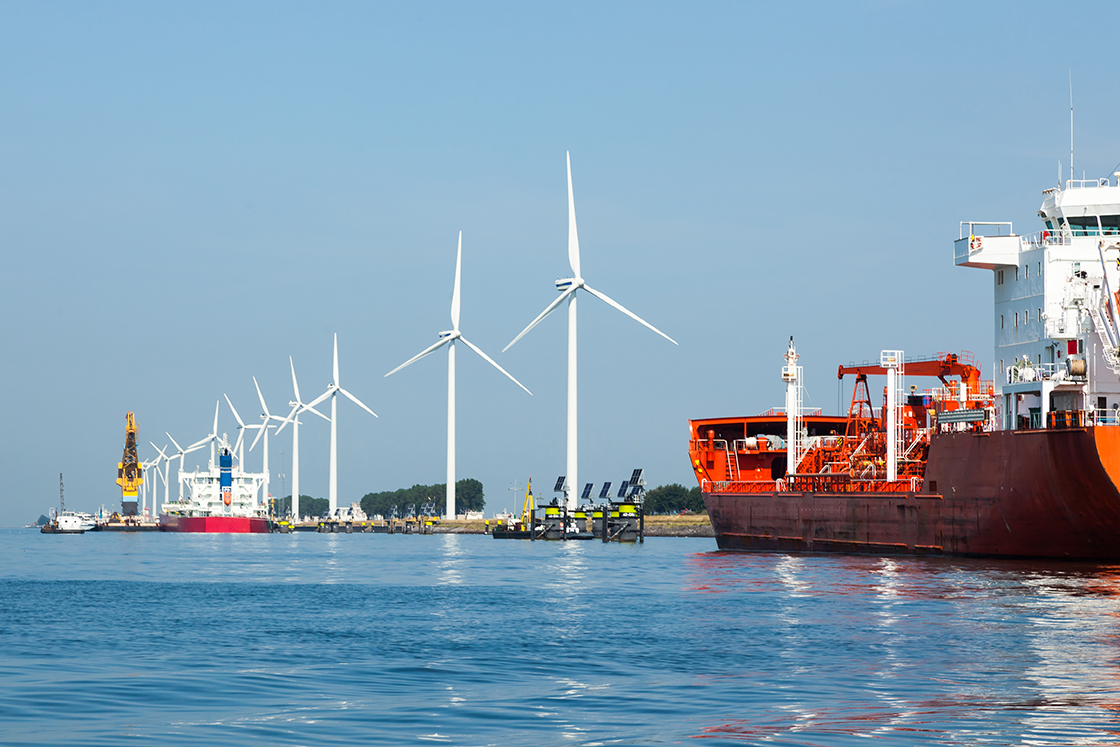
Welcome efficiency. Welcome electric.
Maritime transport emits more than 900 million tons of CO2 annually and is responsible for approximately 2.5 percent of global greenhouse gas emissions. Electrification is the way forward for short sea and inland shipping in harbors, rivers, and fjords. In transitioning vessels from diesel to pure electric power, the future holds great potential to operate shorter routes by electric ferries: in Europe alone, around 900 ferries operate on shorter routes — all with a potential to be electrified for zero-emission transport.

It's time to electrify marine
To meet the changing demands from regulators, customers, and operators on how we power the vessels of tomorrow, the marine industry requires a new level of flexibility. At the same time, it's vital that we don't compromise the speed and efficiency of today's solutions. This means looking towards electrification of vessels on the path towards a sustainable future.
Our ambition is to help you achieve your marine electrification goals. Because together we can create a sustainable future powered by electricity. We want to make that transformation seamless and economical, by allowing you to embrace electrification at scale without compromise. That way you can run fully optimized applications that you can always rely on. To achieve this, we also need to integrate renewables and clean energy into tomorrow's smart energy systems powering marine vessels.

